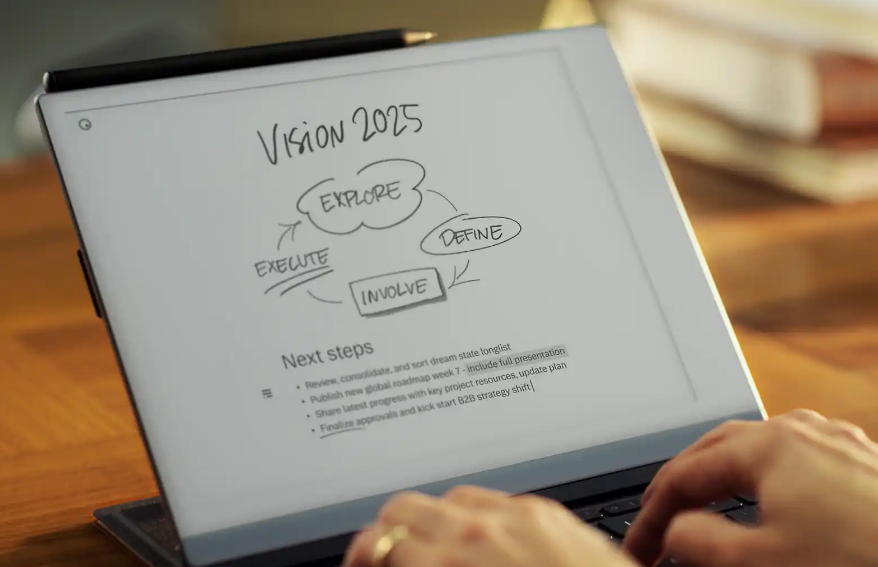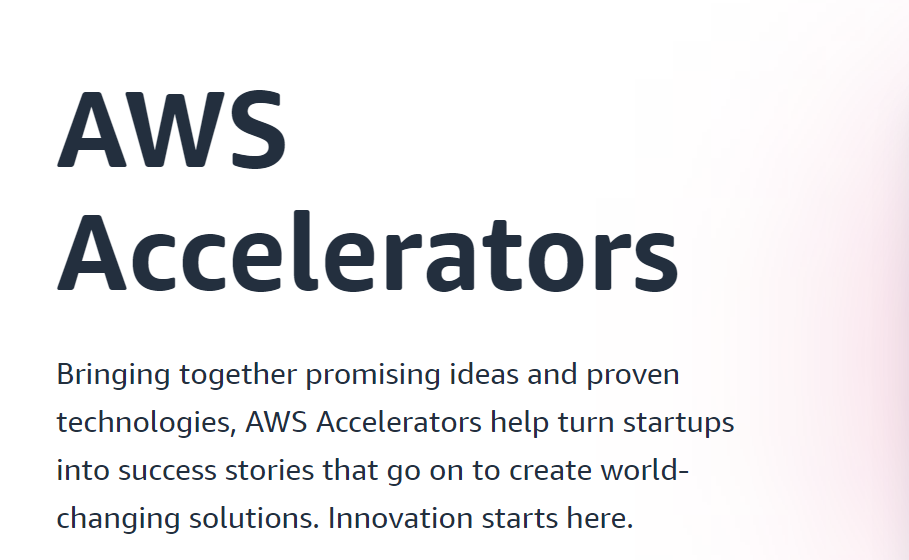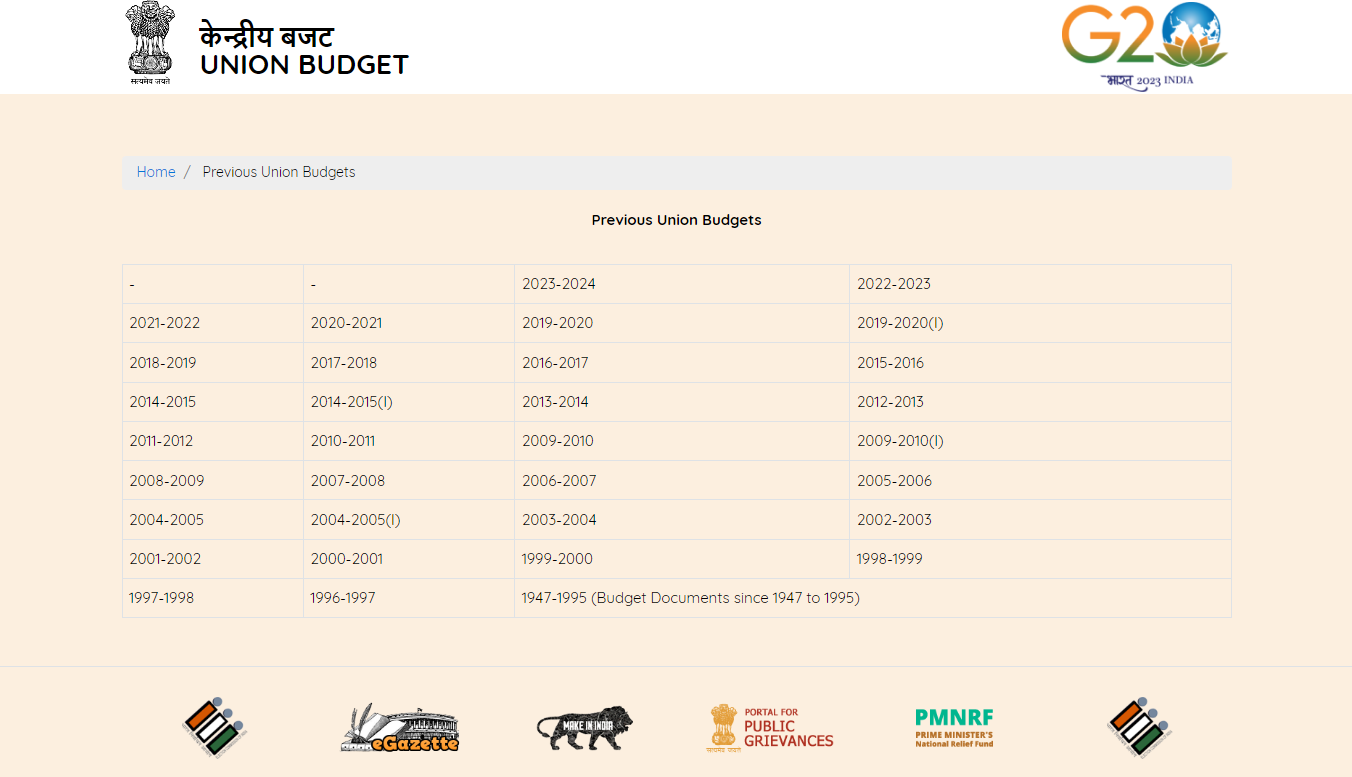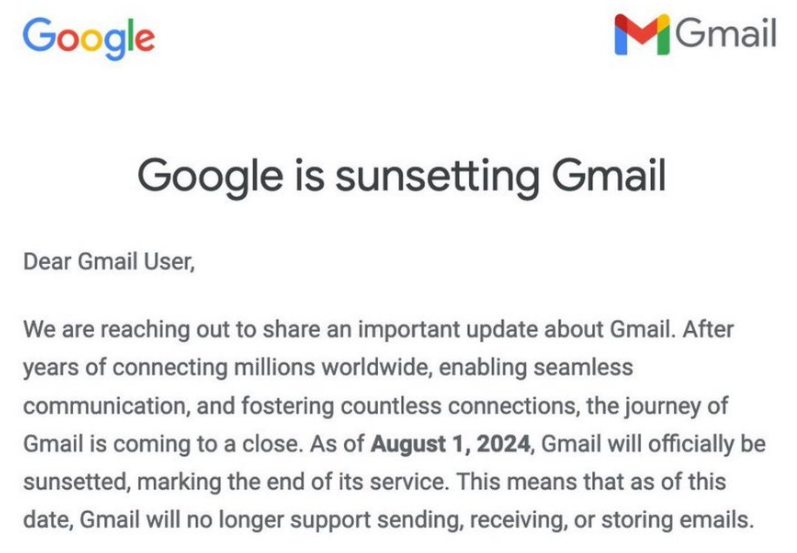Table of contents
A step-by-step guide on how to validate a startup idea
It's not like every startup succeeds. Everything is contingent on how the startup and its idea are validated. Hence, here's a step-by-step guide to validating a startup idea to help you avoid failure and achieve success.
Step 1: Determine your goal
The first stage in validating a startup idea is identifying a problem and determining a goal to tackle that problem. It comprises researching a niche area and the target consumer segment and how you are making the "change" or, at the very least, improving the market with your "concept" with your startup idea.
To help you determine the effectiveness of your idea or goal, consider the following points:
- Analyze whether your idea or service would alleviate the pain points of a specific target group.
- Check if the existing gap you are addressing with your solution is something the market need and if your idea can satisfy their objectives.
These are the fundamental elements for validating a startup idea. While most startups focus on a problem and have already grabbed the market, improving an existing solution with a better idea or improved version is also acceptable.
Step 2: Analyzing the market
Let us examine the market and see how competitors perform. Doing a market analysis about similar businesses, or you can simply call them competitors, helps us determine what was previously employed, what worked, and what didn't (it's not bad or false).
Every smart entrepreneur learns from their competitor's idea to analyze how similar startup ideas were implemented and how they performed or did not work. Don't panic if you discover a startup idea identical to yours that previously failed and did not succeed.
Since you're reading this godly piece article, we will help you be more effective, identify how you can work out, and examine how they did it wrong and what should have been done instead, so relax and read carefully.
When you have a great idea that can potentially make a "change" or "effect" without proper planning and failing to conduct market research, it all leads to disaster. To start, you must analyze your consumer base to estimate the impact of your startup idea.
To broaden your competitor study, use the internet to research and stop surfing eCommerce stores, look for your competitor's marketing activities and how they performed so far from the ground up, and read industry and business journals where you can easily locate their tale or something similar.
You may also consider buying competitors' products and subscribing to their newsletters to identify their marketing activities, consumer engagement, and how you think they are functioning.
This will help you identify how their service or product lacks a solution by comparing it with your idea and distinguishing it. You can also engage with competitors’ customers while using their products to understand their point of view on why they chose this brand or if they feel something extra or more is required.
However, if your idea is new with very little market competition, it doesn't mean you don't need these steps. You can ignore them if you wish to stumble on a hurdle and get stuck with a block, but if you wish to succeed, read all the steps.
When analyzing the market, your goal should be to determine the gap you are filling with your product by examining the market competition and how well they are doing. Everything matters when competing based on a product problem, a service flow flaw, or a price flaw.
To create a Hypothesis
Start by outlining the vision and goal of your problem with a wider picture to help you highlight the premise of your product, such as how you are treating a specific pain point of the product or service you are targeting with your product.
Ask yourself the following questions:
- What is your product's unique selling point?
2. How does your product target the market or a specific market segment?
3. How are you resolving the issues?
4. What are your competitors' pain points?
5. What is your primary marketing strategy for addressing your target audience's pain points?
6. What effect will your pricing approach have on your product consumption?
Now figure out what traits and metrics you would require to place your product or service in the market and how you would do it differently. Understanding and addressing these questions will assist you in properly analyzing your market and developing a successful approach.
Step 3: Curate a prototype
The most effective technique to identify and assess your startup idea is to build a prototype and show it to others for feedback and suggestions, after which you can develop a Minimum Viable Product (MVP).
The MVP is the most basic version of your startup idea. It allows you to evaluate customer requirements and determine whether your product can influence and differentiate itself from competitors.
This strategy is always beneficial for establishing the viability of your startup idea because it enables you to identify flaws, benefits, and disadvantages linked with the strategy. Ensure your MVP incorporates your startup's core functionality and avoids complicating it with high-end functions.
Step 4: Start selling early as possible
Now that we have the MVP let's sell it as early as possible, validate the requirement for our startup idea, and build a team pool to help meet those needs if it holds the potential. One effective method is to do interviews and pitch your product, while others include:
- Before the product launch, create a sample website, run ads, send newsletters, and create engaging content targeting the problem.
- Conducting interviews with experts to obtain professional feedback, respecting the criticism received, and noting it for future improvements.
- As previously stated, create a questionnaire and showcase your product to gather feedback using Google Forms and other techniques.
- Conduct free giveaways in exchange for feedback to build credibility and customer loyalty.
- Engage with your product-specific communities and groups locally or online, collaborate for events such as webinars, and so on, and attend crowdfunding events if you sell a physical product.
Step 5: Analyze the results
Let's now evaluate the results of all the information we obtained in the previous steps, which is the key to sculpting our idea to fit in marketing according to the target audience's requirements and analyzing the market competition.
It's not like you can always follow all the steps and expect a great outcome; it depends on your startup idea. The startup idea you develop is just as important as following all of the processes for validating that idea, which is why you may obtain unexpected outcomes, but don't be upset.
The more negative points you have, the easier it will be to identify your pain points, develop a solution, and mend them accordingly. Continue to add new features to your MVP. You can get ideas from your competitors about how they launched a basic product and subsequently improved it.
Don't be afraid to change or even eliminate an idea, which is the core precept of any agile framework and may also save you a lot of needless costs in terms of development, which becomes simple when we make the ideas available to end-users and then conclude.
In the same way, software developers test an application, hunt for faults at the alpha stage, and correct them early; doing so later would cost everything, whether the customer experience or cost.
Validating a startup idea into reality is not an easy task; it is tedious (very, very). So don't hurry. Hurry when your product is ready with no flaws and gaps and all the positive feedback you expect (blush).
Happy Reading!






















